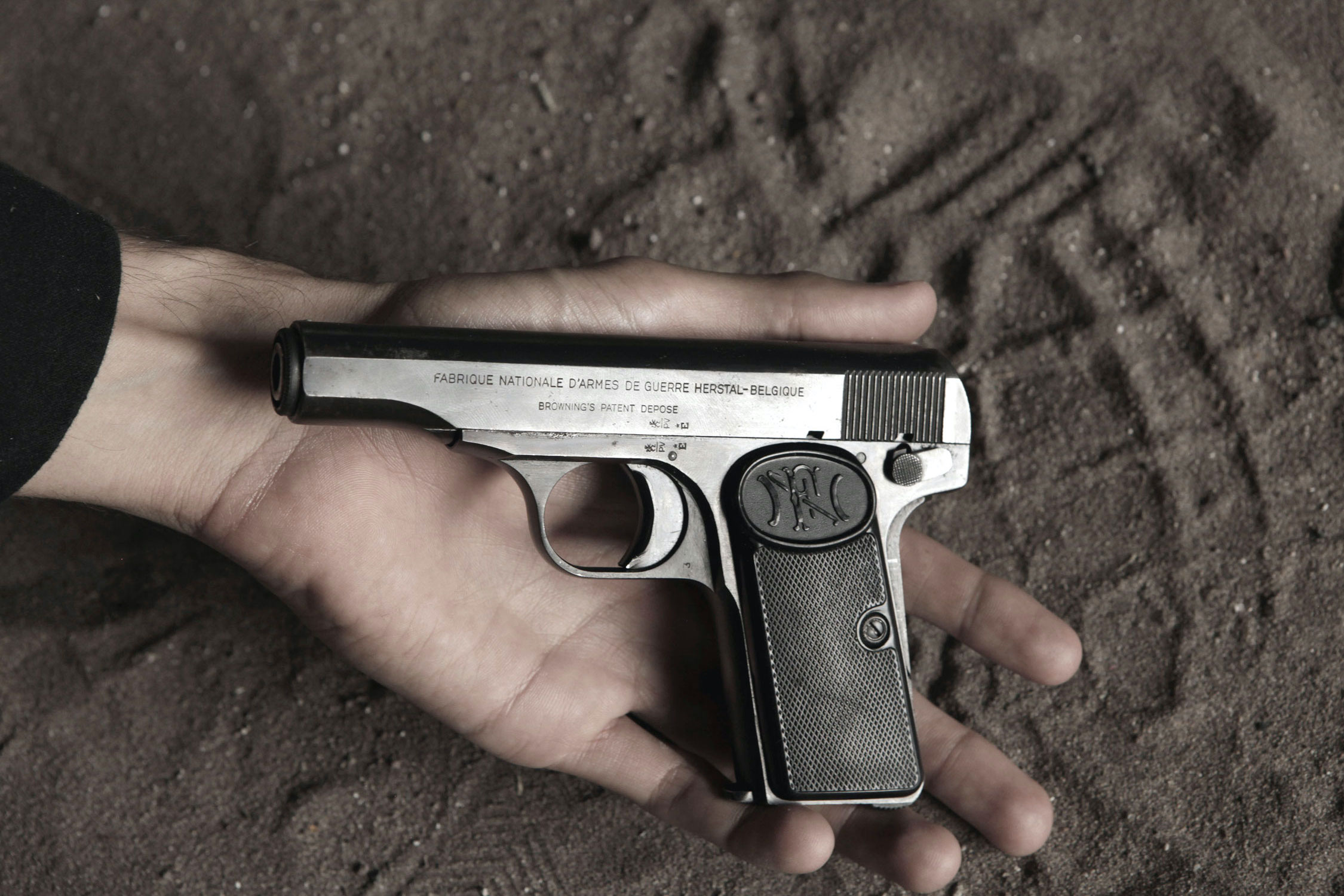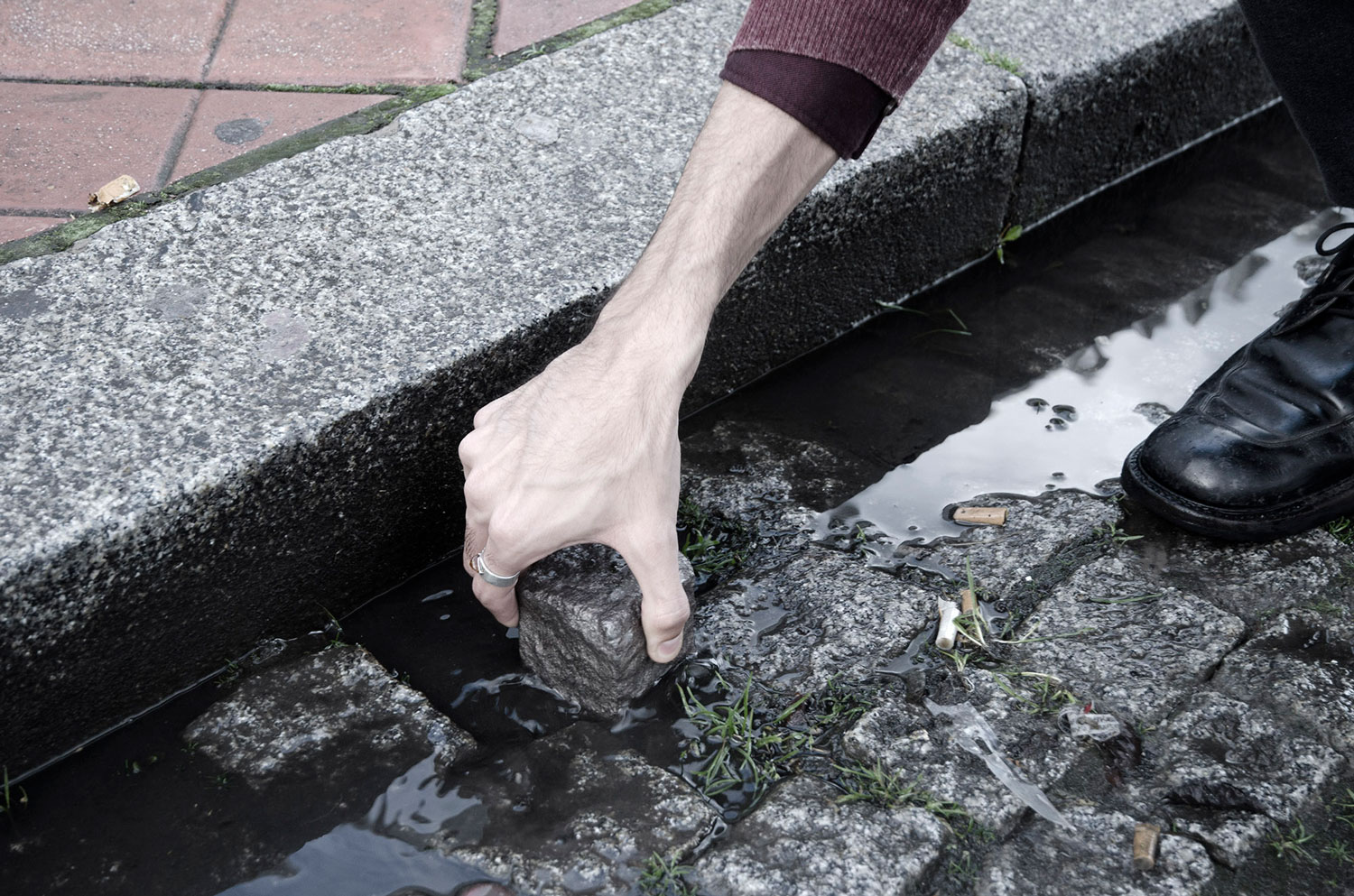assertion/ expulsion
closeIn my view, what lies at the bottom of the disaffection with the EU is the absence of a project that could foster a strong identification among the citizens of Europe and provide an objective around which to mobilize their political passions in a democratic direction. The EU is currently composed of consumers, not of citizens. It has been mainly constructed around a common market, and it has never really created a European common will. No wonder that, in times of economic crisis and austerity policies, some people begin to question its utility, forgetting what has been its important achievement in bringing peace to the continent. What is needed is to foster popular allegiance to the EU through the elaboration of a socio-political project. In my view, such a project should aim at offering an alternative to the neo-liberal model that has prevailed in recent decades. This model is now in crisis, but a different one is not available. We could say, following Gramsci, that what we are witnessing is an ‘organic crisis’ in which the old model cannot continue but the new one is not yet born.
Daniel de Paula, assertion/ expulsion, 2017, 1 cent Euro coin being melted, UK

The imposition of homogeneity and unanimity frequently comes about in the apparently beneficial and harmless form of ‘community’. The constitution of a common ground based on consensus around one single ideological, social, economic and political model, necessarily implies the exclusion of many others, flattening differences and muffling the possibility of legitimate dissent. However, the way the term community has been often used by governments seems more oriented to territory rather than actual people, pointing to a notion of collective identity simply based on a shared geography. What before seemed like an irreversible journey towards a ‘global community’, motivated by a process of deterritorialization and loosening of frontiers, has recently turned into a racist, nationalist and xenophobic reinforcement of borders. This on-going situation has increasingly created insurmountable boundaries and obstacles that have a paradoxical relation to the ‘liquidity’ of our contemporary world and identities. An underlying sense of conflict seems to be pulsating from within this contradiction, affecting both a macro political and geographical scale, as well as a micro and biopolitical condition. This situation favoured the consolidation of a climate of crisis and antagonism, in and against dissimilar ‘communities’, where the distinctions between authority and authoritarians, enemies and allies, and between economy, politics, and police are becoming alarmingly faint.1
Daniel de Paula, assertion/ expulsion, 2017, pistol manufactured at the Fabrique Nationale d'Armes Herstal

Informed by a critical and careful consideration on this broad socio-political condition, Daniel de Paula’s assertion/ expulsion is a work that poetically tackles such complexities through a reflection upon the interrelation between capital, violence and displacement. The work operates in two radically different scales, from a territorial scope, which spans different countries, to a series of small-scale and almost imperceptible interventions in public spaces. As a basis for his actions, de Paula chose three distinct sites forming a territorial triangle that conceptually connects the cities of Maastricht, Brussels, and Calais. In each one of them, de Paula selected places of historic or symbolic preponderance, such as the Limburg Province Government Building, in Maastricht, where on 7 February 1992 the Maastricht Treaty was signed. This was the foundational act that integrated Europe into a legally bonded community, establishing a set of supranational mechanisms such as the creation of a politico-economic union and the institution of an official currency for the Eurozone. The second vertex of this territorial triangle is the EU quarter in Brussels, considered the de facto capital of the European Union. Within this area, the artist chose the European Parliament, the key legislatorial institution in the EU. Despite being the neuralgic centre of a wider transnational community, this place is not exempt from an internal division, with local Brussels’ residents feeling excluded from the EU quarter, which many consider a ‘white-collar ghetto’. Finally, the third place in de Paula’s territorial triad is the Gare de Calais-Ville, Calais’ Central Train Station, a major ferry port in northern France, and a crucial place for the entrance and exit of both goods and people in Europe. This city gained global attention during the European refugee and migrant crisis, since it hosted France’s first official state-sanctioned migrant slum, the ‘Calais Jungle’, an enormous refugee encampment with many of its inhabitants attempting to illegally enter the United Kingdom via the Port of Calais or across the Eurotunnel, by stowing away in lorries, ferries or cars.
Daniel de Paula, assertion/ expulsion, 2017, extraction of cobblestone outside the Gare de Calais-Ville, Calais, France

In parallel to the choices of these three sites the artist selected three families of objects that are conceptually entangled with the socio-spatial dynamics of these specific areas. From Maastricht de Paula selected the Euro coin, the symbol of Europe’s economic cohesion. From Brussels, a pistol manufactured in the Fabrique Nationale d'Herstal, Belgium's leading firearms manufacturer and the largest exporter of military small arms in Europe. And from Calais, he collected discarded railway components, the shattered pieces of a century old symbol of territorial integration and communication. Despite formal divergences and distinct practical uses, the common thread that binds together these three families of objects is their basic constitutive component, metal. During his residency at FLACC the artist travelled to each one of these places and, in the vicinity of the three buildings, removed a granite cobblestone from the streets, leaving a gap on the ground. With three cobblestones and the group of selected objects de Paula travelled to a fourth location, the UK, where the Euro coins, the weapon, and the railway components were melted altogether in a foundry.2 In a quasi-alchemical operation the elements were merged in a heterogeneous alloy that was cast into the exact same shapes of the three original cobblestones. The newly created metallic pieces were taken back to Brussels, Maastricht and Calais and placed in their corresponding open slots, where they lie until this moment.
Daniel de Paula, assertion/ expulsion, 2017, metallic cobblestones

The relation between the sequence of actions, the chosen elements and the presentation of the final piece suggests an indivisible bond between the artist’s procedures, the objects, and the sites in which they stand. The work proposes a reflection on the relation between capital, armed conflict and migration vis-à-vis the recent events in Europe, such as the economic crisis, the establishment of austerity policies, the growth of terrorist attacks, the rise of right-wing groups, and the European migration crisis. It also hints at timeless issues that have historically been repeated and that culminated in our current moment where financialization is at the helm of civil war and human and environmental exploitation, while orienting the geopolitics of migration and survival. assertion/ expulsion eloquently points to such narratives while simultaneously claiming for open-ended interpretations, and bypassing a didactic posture or one of moral judgement. When encountering each of the three metallic cobblestones in public space there is nothing that denounces their existence as an artwork. There is no immediate elucidation on the processes and actions that gave them form, their meaning is not prescribed in any way and it only emerges through the moment of encountering them in those historically, socially and politically charged places. Despite the difference in material, the new cobblestones do not have a stark contrast to the regular ones in granite. Nevertheless, they occasionally reveal themselves under the right light, in the right weather and to those who are attentive enough. Only then, they are able to point to the invisible and silent conflictual forces that continuously build our common ground, and which are permanently throbbing from within its foundations.
Daniel de Paula, assertion/ expulsion, 2017, metallic cobblestone outside the European Parliament, Brussels, Belgium

Sous les pavés, la plage!
Text published in the FLACC Residency Catalogue 16.1, FLACC, Genk, Belgium, 2017, pp.28-35.
-
For deeper analyses of these issues please read: Chantal Mouffe. Agonistics. Thinking the World Politically, 2013 / Maurizio Lazzarato and Éric Alliez. To Our Enemies. E-flux Journal #78- December 2016.
-
This procedure happened in July 2016, in the heat of Brexit discussions.